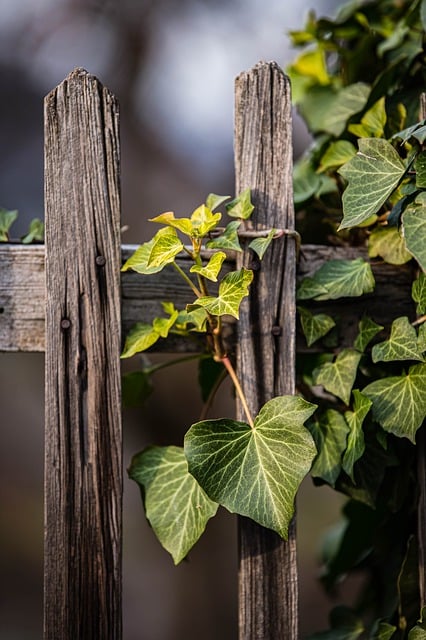In New Bedford, Massachusetts, fencing is not just about defining property lines; it’s an investment in your home’s security, aesthetics, and value. This comprehensive guide delves into the intricacies of fence installation services specific to New Bedford. From understanding local needs and regulatory considerations to selecting the perfect style and material that complement your landscape, this article offers a step-by-step approach. We’ll walk you through the installation process and provide essential post-installation care tips to ensure your new fence stands the test of time.
- Understanding Fence Installation Needs in New Bedford
- Choosing the Right Fence Style and Material
- The Installation Process: Step-by-Step Guide
- Post-Installation Care and Maintenance Tips
Understanding Fence Installation Needs in New Bedford
When considering fence installation in New Bedford, understanding your specific needs is essential. The city’s diverse neighborhoods and varying landscapes present unique challenges and opportunities for fencing. From quaint residential areas with charming, older homes to bustling commercial districts, each location requires a tailored approach. Homeowners might seek privacy fences to shield their backyards, while businesses may opt for security fences to protect valuable assets.
The climate also plays a role; harsh New England winters can take a toll on fencing materials, so durability and maintenance requirements should be top considerations. Local regulations and property lines further influence the type of fence installed, ensuring compliance and minimizing potential disputes with neighbors.
Choosing the Right Fence Style and Material
When it comes to fence installation, New Bedford residents have a variety of options when selecting the right style and material for their properties. The choice can greatly impact the aesthetics and security of your outdoor space. Consider factors like privacy, durability, and visual appeal when making a decision. Wrought iron fences, for instance, offer both beauty and longevity but may not provide the same level of privacy as wooden or vinyl options.
On the other hand, wood fences are popular for their natural look and ability to provide seclusion. However, they require regular maintenance to protect against rot and pests. Vinyl fencing is another low-maintenance option that comes in various styles and colors, making it adaptable to different design preferences. Each material has its advantages, so understanding your priorities will help guide the selection process for a fence that best suits your needs.
The Installation Process: Step-by-Step Guide
The fence installation process begins with a detailed consultation to understand your specific needs and preferences. Our experts will assess the site, taking measurements and considering factors like soil conditions, existing structures, and any local regulations. Once approved, the team clears the area, ensuring a level and prepared surface for construction.
Next, they excavate and install the fence posts, using high-quality materials and techniques to ensure stability and longevity. This is followed by the assembly of the fence panels or rails, depending on your chosen design. All joints are securely fastened, and any additional features like gates or locks are fitted. Finally, a thorough inspection ensures every component is in place and functioning correctly before final cleanup and the satisfaction survey.
Post-Installation Care and Maintenance Tips
After your new fence is installed, regular care and maintenance will ensure its longevity and preserve its appearance. Start by sweeping or brushing the fence to remove any dirt, debris, or leaves that may accumulate. This simple step prevents mold or mildew from taking hold. Next, inspect the fence regularly for any signs of damage, such as broken boards or loose posts. Minor issues can often be repaired easily, but addressing them promptly will prevent small problems from becoming bigger, more costly repairs.
When cleaning your fence, avoid using harsh chemicals, as they can strip the protective coating and damage the wood. Instead, opt for a pressure washer with a mild detergent, or a soft-bristled brush and warm soapy water. For wooden fences, consider applying a fresh coat of stain or sealant each year to protect against the elements. This simple annual maintenance will keep your fence looking new and extend its life.
